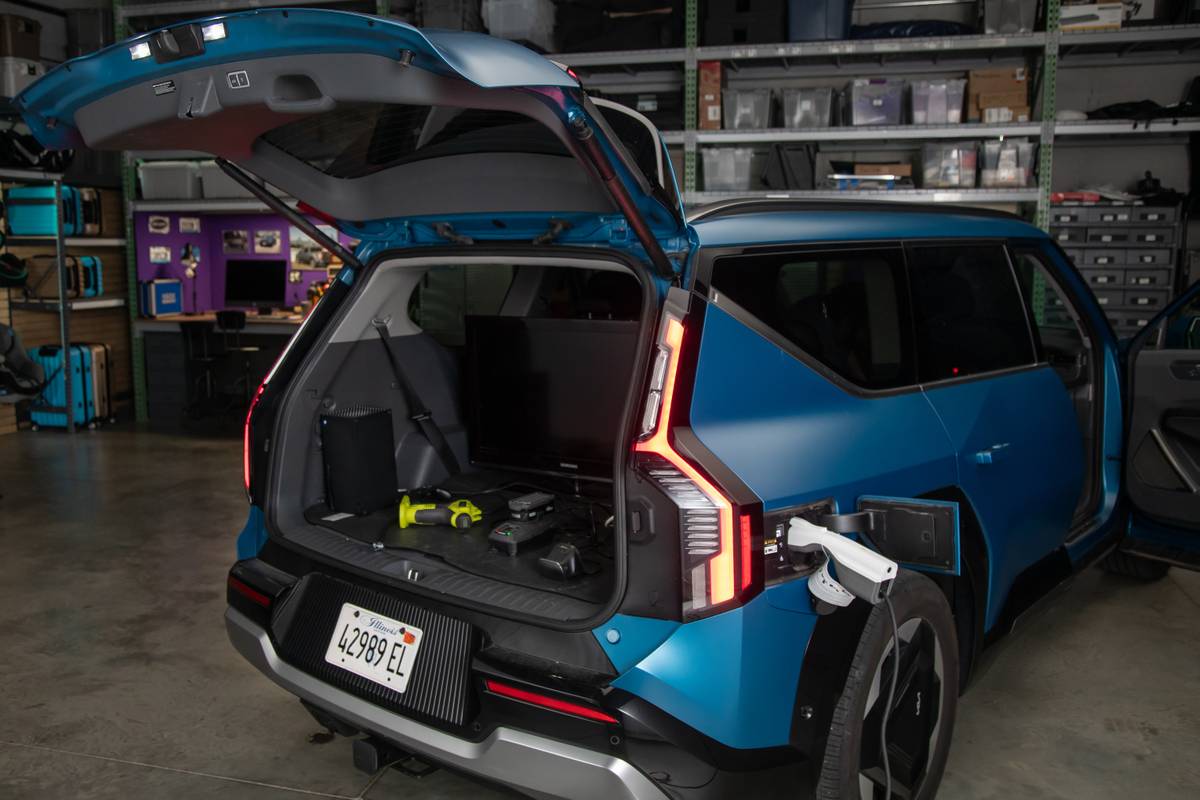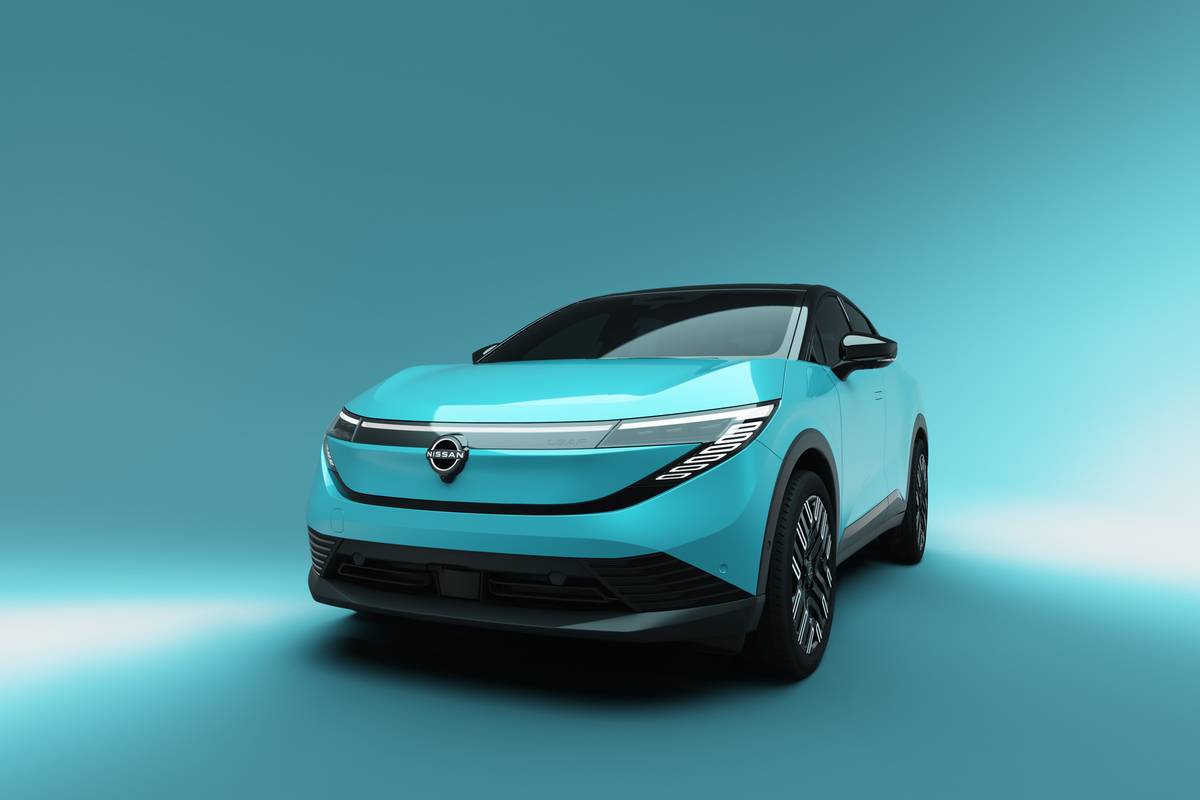Our view: 2009 Infiniti G37



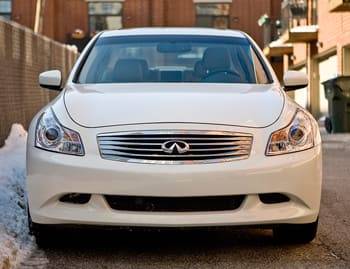
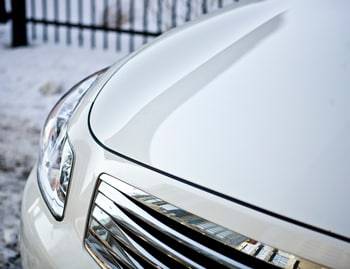
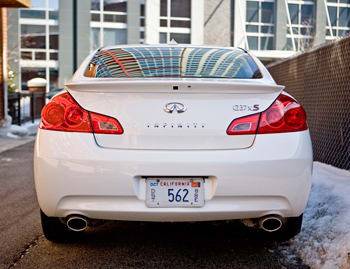


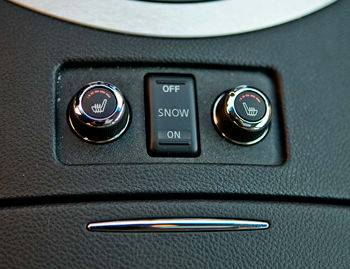
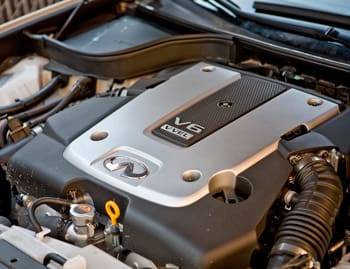
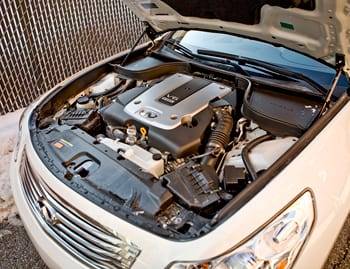
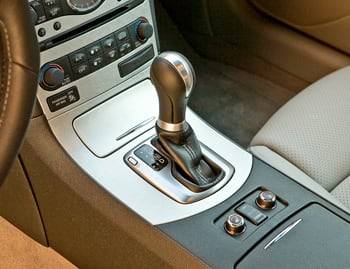

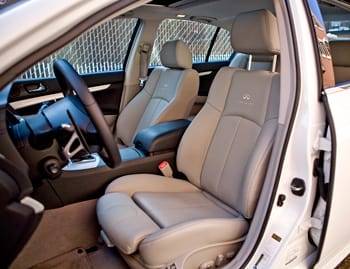

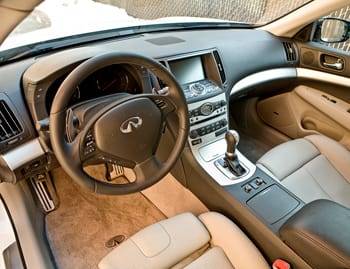
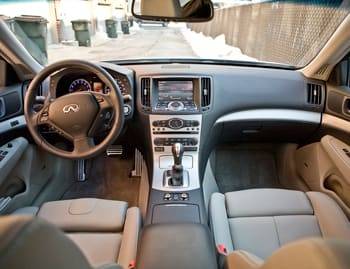
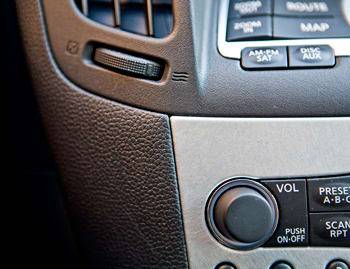
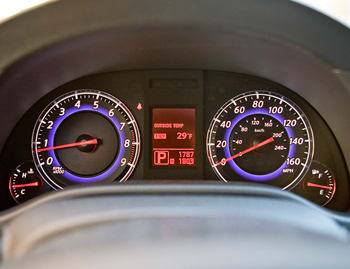
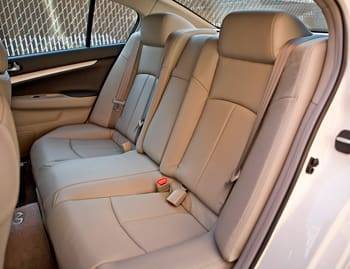

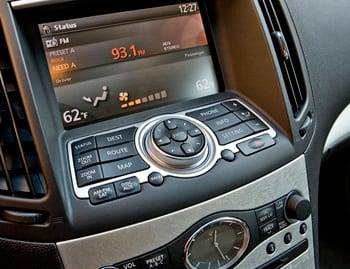
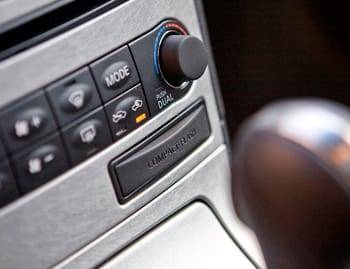
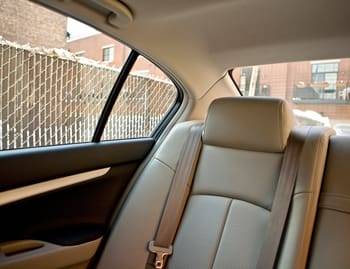

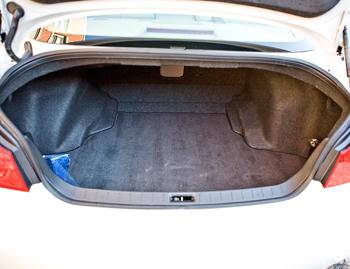



























Infiniti’s G-series sedan keeps improving. When it came out as the G35 in 2003, we knew immediately it would be stiff competition for the BMW 3 Series at a lower price. Since then, Infiniti has made incremental improvements, including interior upgrades, and for 2008 the coupe got a larger V-6 engine — a 3.7-liter — and became the G37 Coupe. Left behind for a year as the G35, the sedan is now also upgraded, becoming the 2009 Infiniti G37 sedan. A convertible option is also available. (See the two years compared here.) I drove a sport-tuned G37xS sedan; the x stands for all-wheel drive (AWD), which did a heck of a job in the snowy and icy climate at Cars.com’s Chicago headquarters. The S stands for the Sport option package. It seems like x and S are two great tastes that don’t necessarily go great together.
The non-x model has rear-wheel drive, an approach that for many years made the BMW 3 Series the only car that driving enthusiasts would consider in this class. Rear-wheel drive is not the choice of winter drivers, however. Thanks to traction control, electronic stability systems and improved all-season and winter tires, rear-wheel-drive cars are more viable than ever when the snow starts to pile up, but they’re still not the best choice. To my way of thinking, AWD serves mainly to mitigate the handling shortcomings of front-wheel drive — which makes a car front-heavy and tend to understeer — and to make rear-wheel-drive-based cars more practical in the winter. There are high-performance cars from ultra-luxury brands like Lamborghini, and cars derived from rally racing, that rely on AWD, but the Infiniti G37 (coupe and sedan) with rear-wheel drive is more than enough for sporty driving. That made my winter wonderland a perfect test for the four-wheeler.
Infiniti calls its all-wheel-drive system ATTESA E-TS, which is too ridiculous to translate, so I’m going to call it “x.” The x was impressive because it was pretty seamless. I didn’t even think about the fact that I was clambering through snow. (Fortunately, I also drove a front-drive car the same day and recognized how challenging the conditions could be.) I’ve never known all-wheel drive to make a car worse in snow, but some are better than others. The G37x’s system transferred power smoothly between the front and rear wheels, but probably as important is the fact that the standard traction control wasn’t too intrusive. For all its advantages, traction control can hamper progress in looser snow if it doesn’t let the wheels spin at least a little. The G37x’s wasn’t too conservative, so I didn’t feel like I was standing on the pedal but going nowhere. On the flipside, the stability system, which keeps the car from spinning or sliding sideways, was sensitive enough to prevent fishtailing and other unsafe actions.
If all that weren’t enough, there’s a Snow mode switch on the console that makes the accelerator much less sensitive and never lets the transmission rev too high before shifting to the next gear. Both of these measures, along with a limited-slip differential, help you moderate power and prevent wheelspin. Overall, the G37x would provide a lot of confidence for anyone worried about driving in wintry conditions.
What do you give up for this added capability? Not much. The cost here is an additional $2,500, but the traditional all-wheel drive (AWD) tradeoffs are few. It makes the turning circle less than a foot wider, at 36.2 feet. Infiniti says the weight distribution stays the same, at about 53/47 percent (front/rear), and mileage is practically unchanged — just 1 mpg lower on the highway in the G37x. Even better, the Infiniti G37’s mileage improves over the G35’s, despite its greater power.
| EPA-Estimated Mileage, G37 vs. G35 | |||||||||||||||||||
|---|---|---|---|---|---|---|---|---|---|---|---|---|---|---|---|---|---|---|---|
| City mpg | Highway mpg | Combined mpg | Required gas | ||||||||||||||||
| 2008 G35 | 17 | 24 | 20 | regular | |||||||||||||||
| 2009 G37 | 18 | 26 | 21 | premium | |||||||||||||||
| 2008 G35x | 17 | 23 | 19 | regular | |||||||||||||||
| 2009 G37x | 18 | 25 | 20 | premium | |||||||||||||||
There’s a significant downside, though: The G37 Coupe, Convertible and Sedans require premium gas; the G35 preferred it, but was happy to run on regular grade with slightly diminished power. I calculated the annual fuel price based on current costs per gallon (national averages of $1.96 for regular and $2.20 for premium), and it’s $103 more expensive to run the more-efficient 2009 on premium than the 2008 on regular. (Total cost for the G37x is $1,650 a year, based on the EPA’s standardized driving cycle.) To be fair, using regular gas can decrease mileage in a car that merely recommends premium, narrowing the gap between the G35 and G37, but you can see how the money you’ll save is nowhere near as dramatic as the new mpg figures suggest.
Take the x, Leave the S
If you subscribe to my belief that the x is mainly for winter driving, you might want to leave the S to rear-drive models. The $1,100 Sport Package includes a front bumper and side sills that extend lower than the regular model’s. This decreases ground clearance, which you don’t want if you expect substantial snowfall. Further, the package replaces the standard 17-inch alloy wheels with 18-inch alloy wheels. Though the tires are all-season on the G37xS, they have a shorter sidewall than the standard tire, and that makes for a rougher ride and a greater chance of rim damage on winter roads.
Also included in the Sport Package are sport front seats with power side bolster adjustments for the driver’s cushion and backrest. The idea here is to conform the seat to your needs: tighter to hold you in place for aggressive driving, wider for comfort, etc. Unlike some sport seats, the backrest isn’t too constrictive, but the bottom cushion is too tight around the hips, even when the bolsters are set wide. My hips aren’t even that big (I swear!), and others had the same complaint.
Satisfying Acceleration
Sometimes improvements, well, aren’t. When the G35’s engine was reworked a few years ago, its overall output increased, but I didn’t like the change in character. There wasn’t enough low-rpm lb-ft of torque, so it seemed like I was always waiting for the power to kick in. Infiniti termed this gradual torque increase “acceleration swell,” perhaps to mask the fact that it wasn’t particularly swell acceleration. (Gearheads will join me in pondering how a 2.0-liter direct-injection turbocharged four-cylinder can have gobs of torque below 2,000 rpm — as several do — when a larger engine feels like it has turbo lag, when it doesn’t even have a turbo. The times, they are a-changin’.)
Now the acceleration is swell indeed, because the 3.7-liter engine has more-even torque delivery, and the automatic transmission’s two additional gears — seven, up from five in the 2008 model — make the Infiniti G37 ever-ready to bolt. The new transmission also plays a major part in the improved efficiency. I wouldn’t care about the gear count if it were a bad transmission, but it’s nice and quick, both in upshifts and downshifts. You can’t get a manual gearbox in the x version, but the Sport Package adds steering wheel mounted shift paddles.
G37 in the Market
The Infiniti G has become a well-rounded and highly competitive compact luxury sport coupe and sedan holding strong against BMW, Mercedes-Benz C-Class, and the likes. It has usable interior space and impressive performance for the price. The interior quality is now on par with the best in the class, with nicely textured aluminum trim and heated front seats with multiple heat settings, replacing the earlier low/high selections. Common in this car class, the G has ratings of Good (the highest) in frontal and side-impact crash tests from the Insurance Institute for Highway Safety. (Safety features are detailed on this page under Active and Passive Safety.) Much less common is its record of exceptional reliability.
Though I’d like to have a manual transmission option on the AWD version, I understand how low demand for that is. With regard to features and attributes, Infiniti has done a nice job outfitting the coupe and sedan versions of the Infiniti G37 and G37x — and distinguishing one from the other. Fortunately, G37x buyers can choose not to get the Sport Package, as I recommend.
| Send Joe an email |

Former Executive Editor Joe Wiesenfelder, a Cars.com launch veteran, led the car evaluation effort. He owns a 1984 Mercedes 300D and a 2002 Mazda Miata SE.
Latest news
